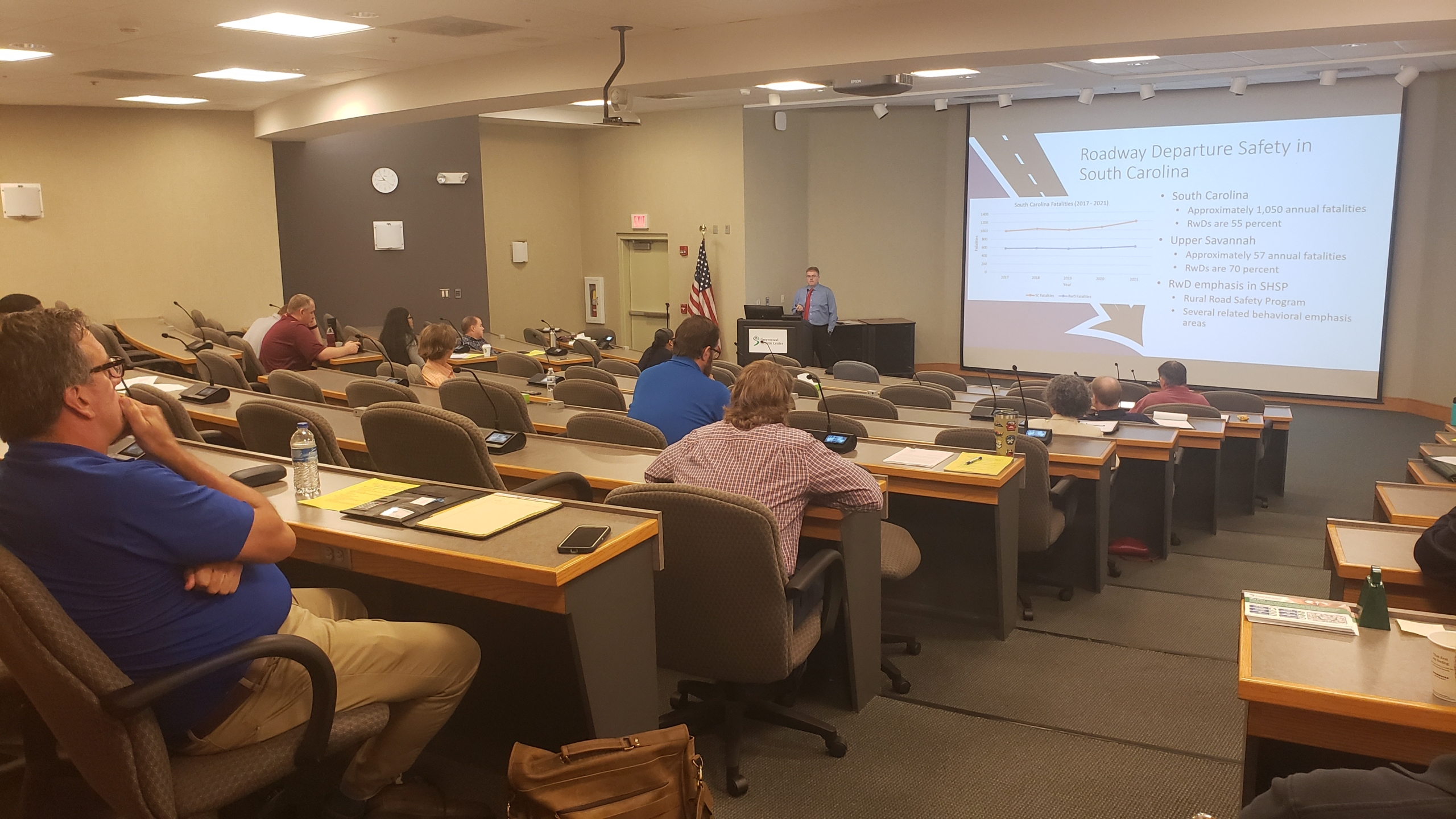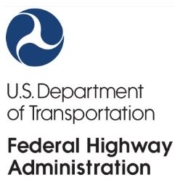Upper Savannah Roadway Departure Safety Implementation Plan Among First of Its Kind
 “The goal is that everyone gets home safely every day,” says highway safety engineer Scott Himes, who is assisting the Upper Savannah COG in a pilot project to help make rural roads safer.
“The goal is that everyone gets home safely every day,” says highway safety engineer Scott Himes, who is assisting the Upper Savannah COG in a pilot project to help make rural roads safer.
The Upper Savannah Council of Governments Roadway Departure Safety Implementation Plan (RwDSIP) is currently in the development stage. It is one of the first plans of its kind to attempt to address rural roadway safety.
Carolyn Fisher, safety and traffic operations engineer with the S.C. Division of the Federal Highway Administration (FHWA), said at a statewide meeting in July 2022 that because South Carolina has such a high rate of fatal accidents, the state is eligible for extra help.
Upper Savannah Government Services Director Rick Green was attending that meeting and accepted the offer.
The FHWA then hired consulting firm VHB out of Raleigh, N.C., to study rural crashes in the Upper Savannah Region of Abbeville, Edgefield, Greenwood, Laurens, McCormick and Saluda counties.
Himes is leading the study and spoke to USCOG transportation stakeholders at a meeting at the Greenwood Genetic Center Aug. 29.
“The idea is if you get in a crash (on a rural road), you will walk away,” Himes said of the intended results of the plan.
VHB is developing a plan that will likely be completed this fall for the Upper Savannah Region, which is leading the way for the state and nation.
“It will be a template that other councils of government (COGs) here in South Carolina and maybe around the country can use,” Green said. “We are among the first regions that the Federal Highways Administration has used (the others are three Department of Transportation districts in Texas).”
Himes and FHWA Safety Engineer Joseph Cheung addressed the USCOG Board of Directors on Aug. 28. Some of those same COG Board members as well as transportation planners from some other SC COGs and other transportation officials attended the meeting on the 29th.
What they learned at these meetings is that roadway departure crashes in the Upper Savannah Region are random and sporadic in location but consistent in number of accidents per year.
So Himes is recommending a systemic approach in the Upper Savannah Region, deploying countermeasures on roads with the highest risks for fatal or serious injuries whether they have commonly occurred there or not.
Countermeasures can include pavement friction treatments for better tire grip, shoulder or center line rumble strips, clear zones (an unobstructed traversable roadside area), signage, reflective signs or markings, guardrails, widening of shoulders, etc., all steps that can help drivers stay on the road.
Another discovery from the study is that 42 percent of the roadway departure crashes with death or serious injury in the Region involved unbelted drivers. “If people would just wear seat belts, forty percent of those deaths might have been prevented,” Green said.
Roadway departure safety plans tailored to other COG regions might focus more on accident “hot spots,” Himes said.
Green is eager to see the completed version of the Upper Savannah RwDSIP.
“Ultimately we will have a nice roadway departure safety plan and be able to work with local and state Department of Transportation offices to see if we can address the problems that are out there,” Green said.



